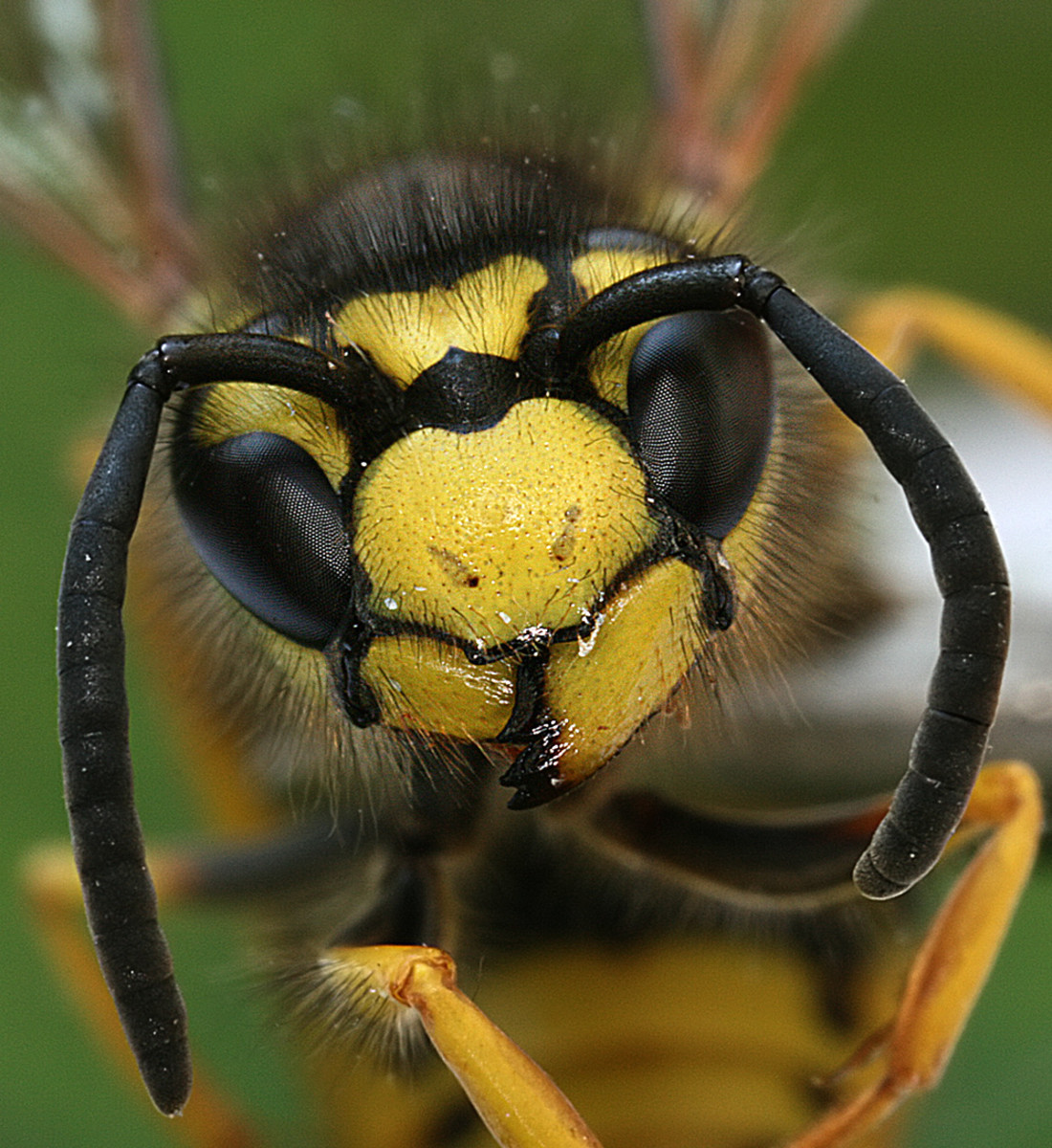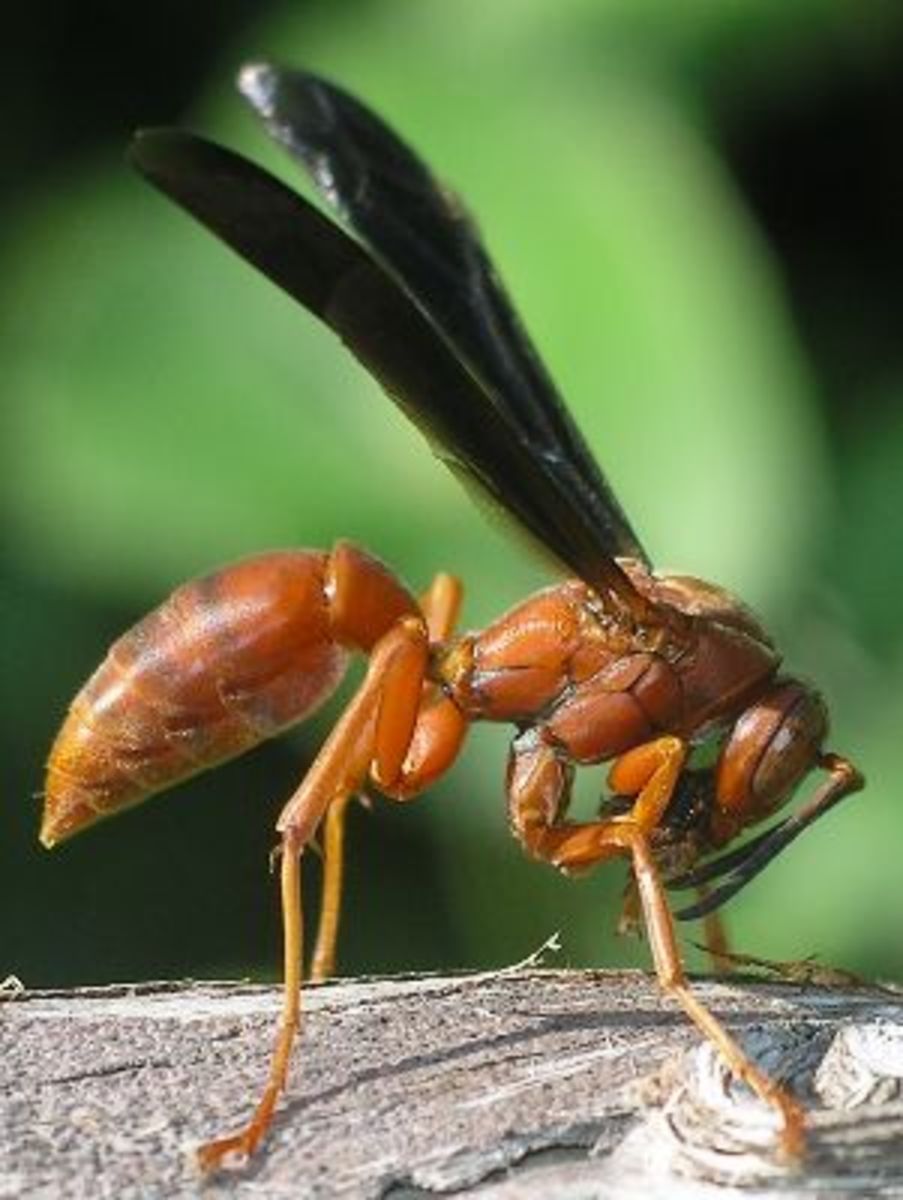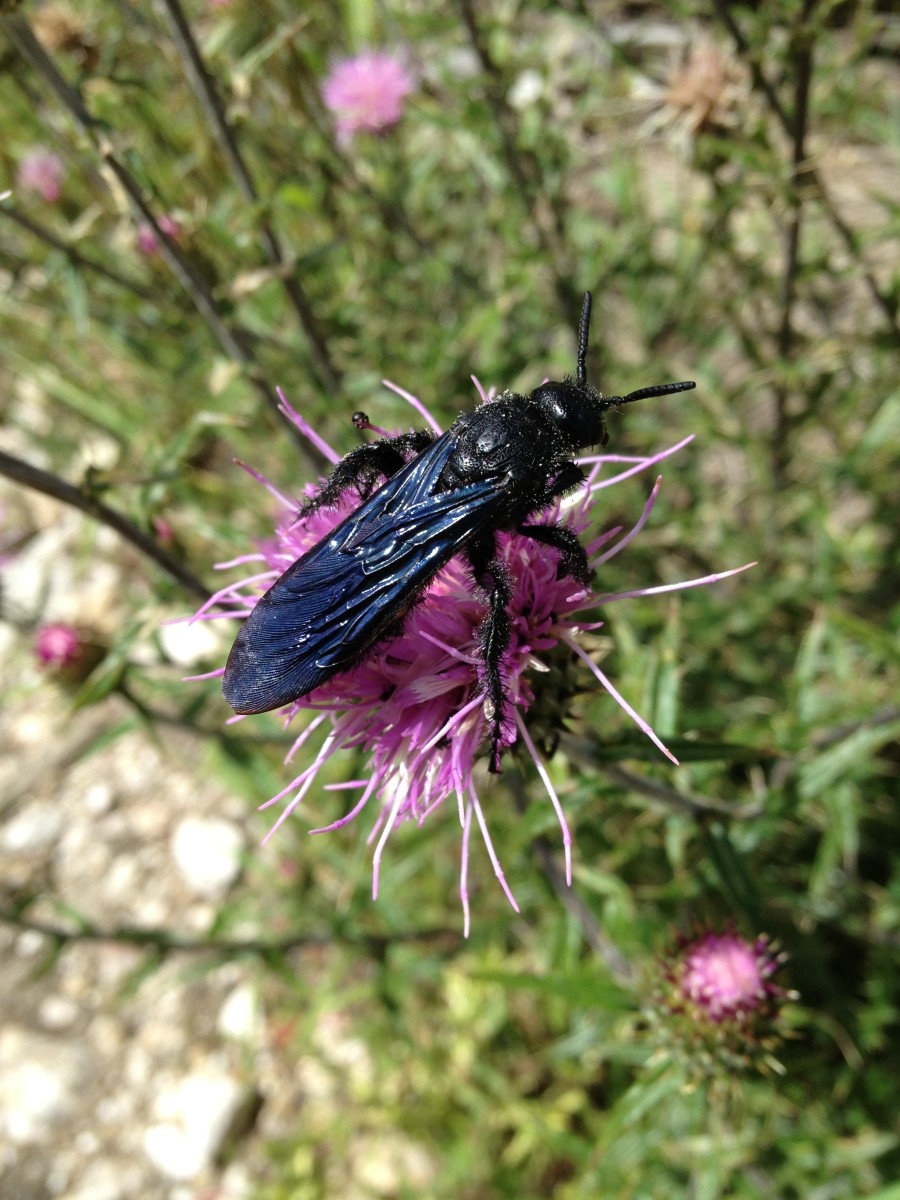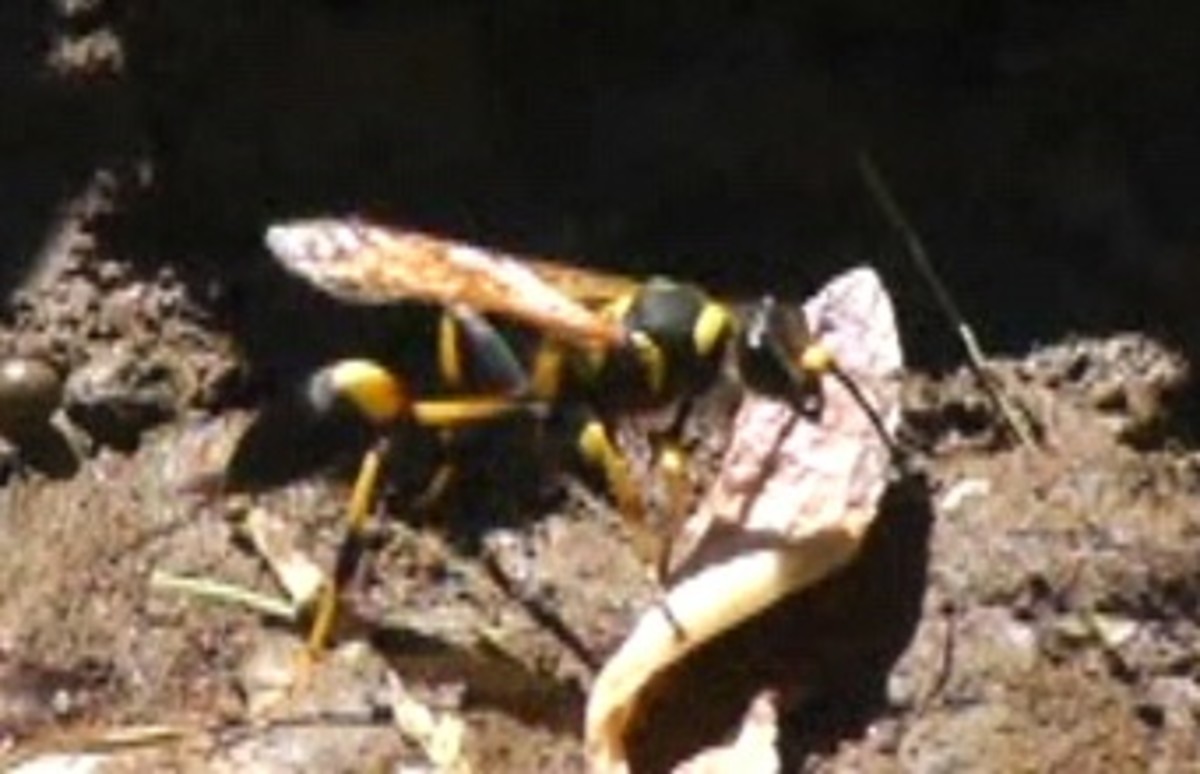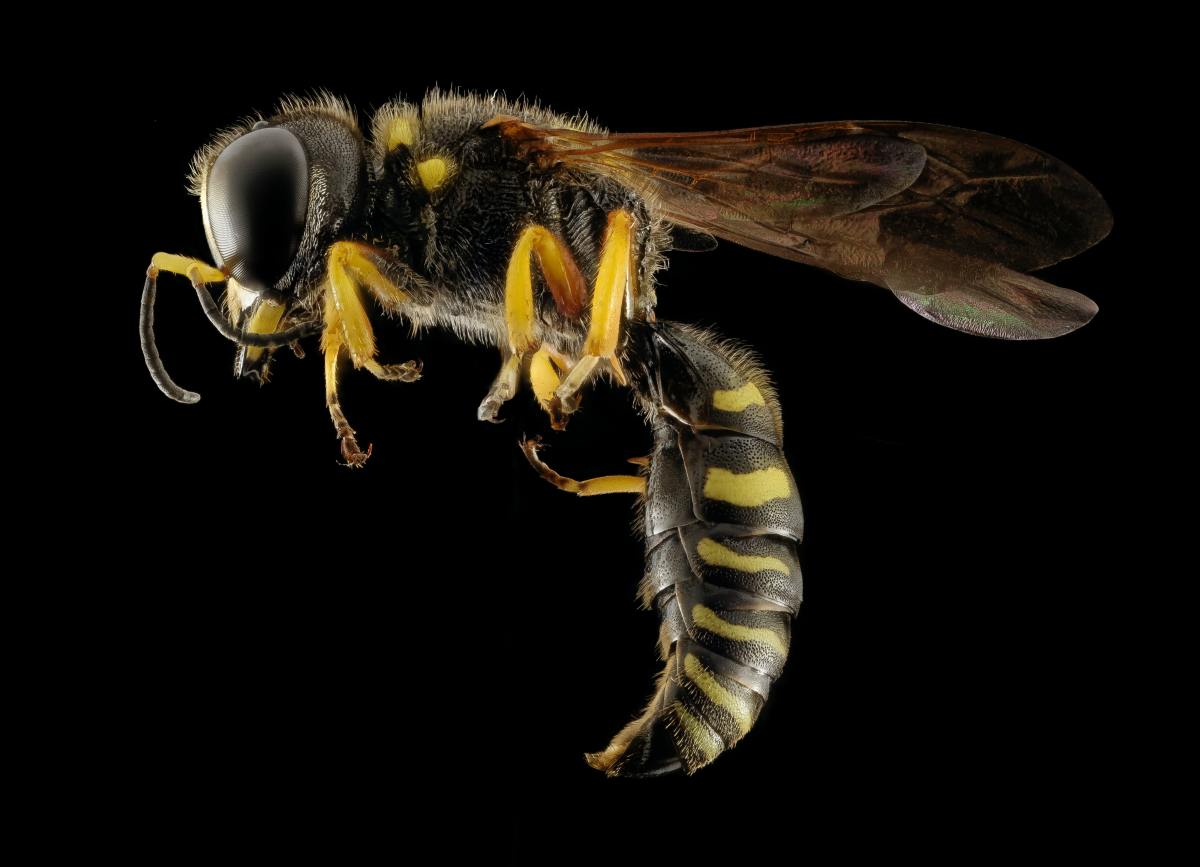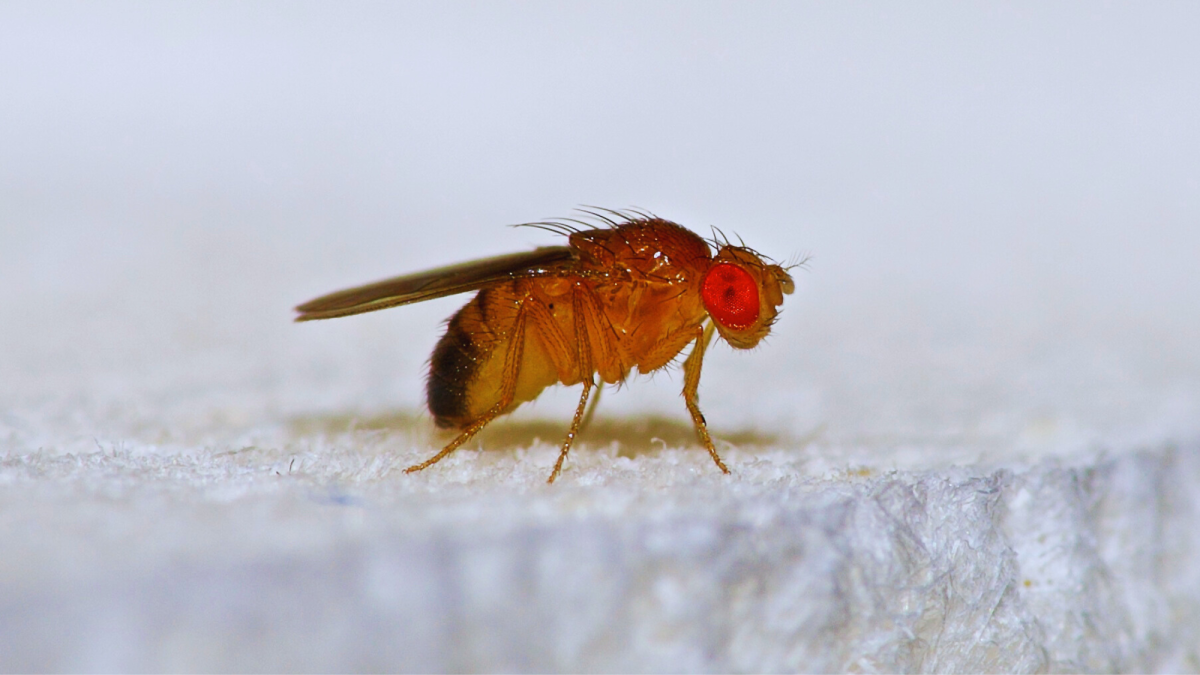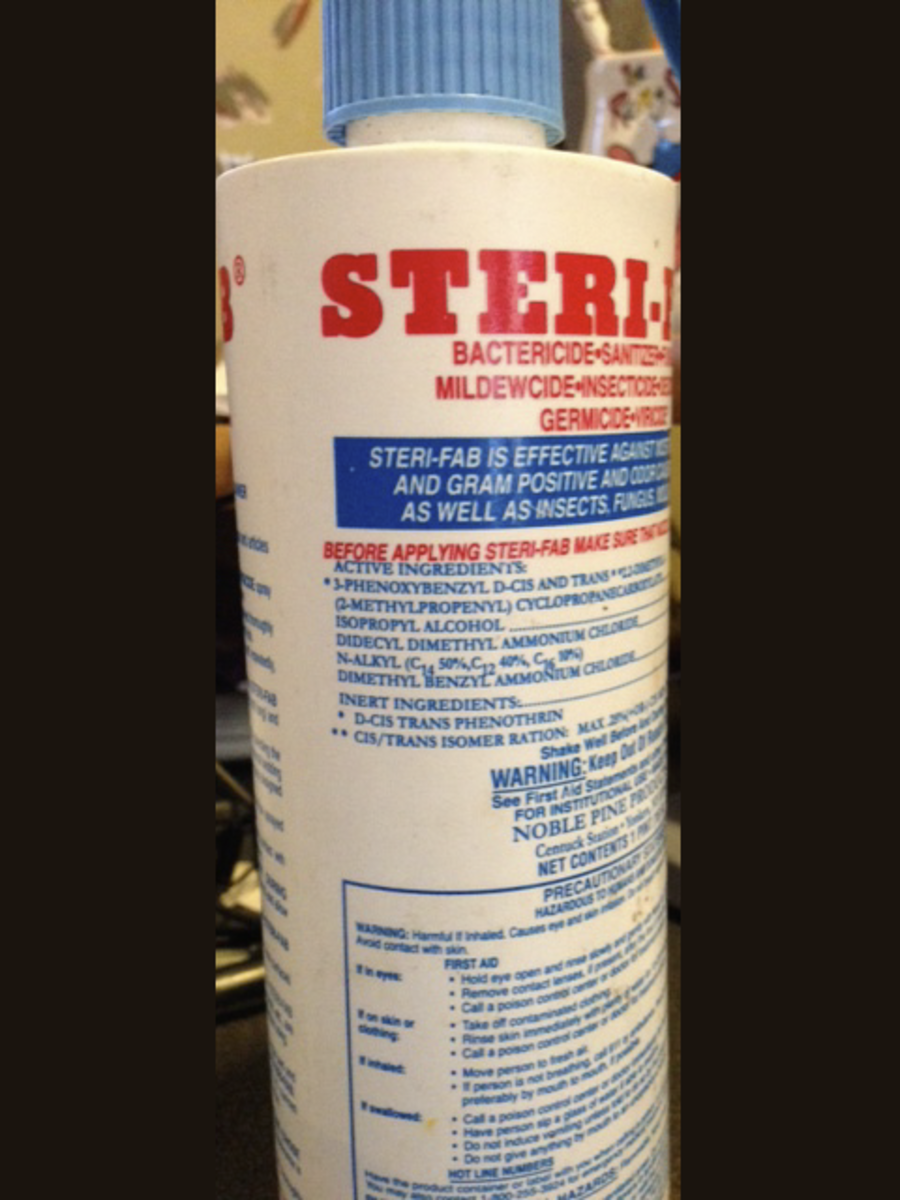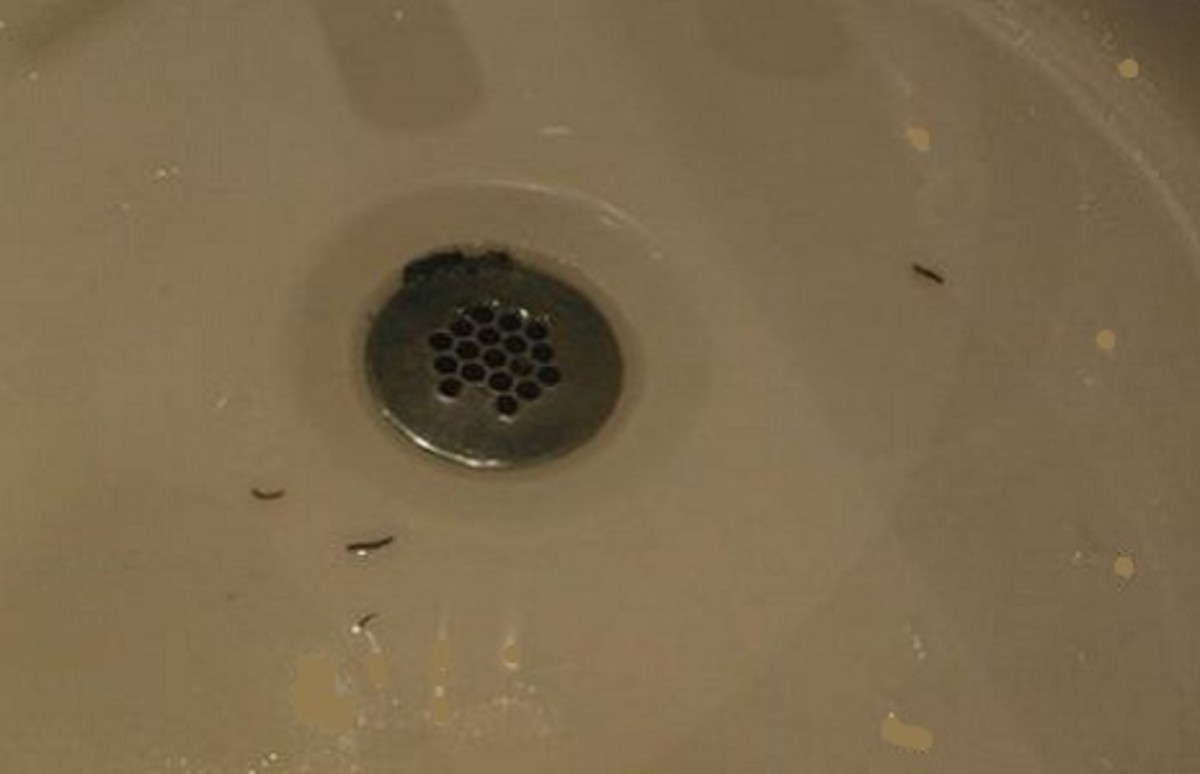- HubPages»
- Home and Garden»
- Cleaning»
- Eliminating Pests
DIY Wasp and Hornet pest control
Don't let Wasps and Hornets take over your yard.
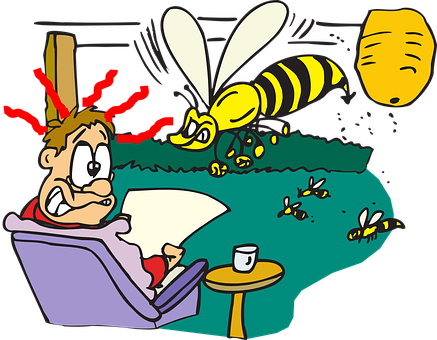
What you need
Aerosol can of pesticide labeled for Wasps and Hornets
A flashlight with a red filtre
Rubber gloves
Long pants and long sleeved shirt
Wasp and Hornet Control
Ahh, summer time is here and so are the wasps and hornets! BBQ's, picnics and just relaxing on the deck can be ruined when these little buggers come to visit.
No fun to have around and definately no fun when they decide to nest on, in or near your house.
Of all the various stinging insects out there, the three that are of the most common concern to home owners are:
PAPER WASPS : These are yellow and black in colour, and have the thin wasp waist. They build the upside-down umbrella shaped nests.
YELLOW JACKETS : Are also yellow and black in colour. They really enjoy nesting in the ground and cavities in walls, soffits, and attics around your home. They will also build covered nests on and around your home.
BALD FACED HORNETS : They are black and white in colour and one of our largest and most agressive species. They build covered nests in trees, bushes and attached to houses. Their mature nests are huge, basket ball sized or better.
Know Your Enemy
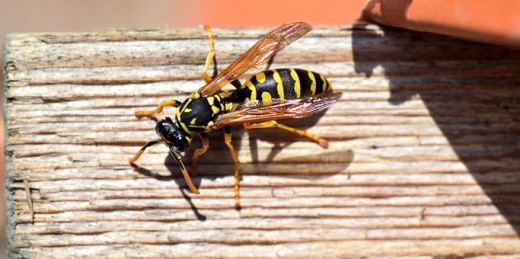
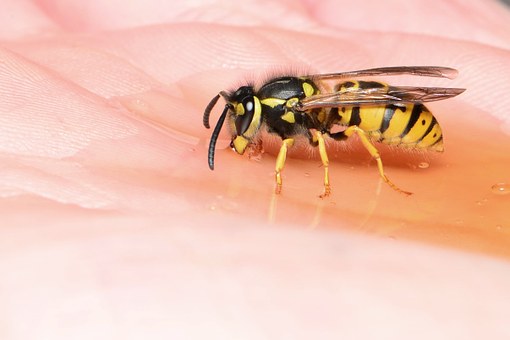
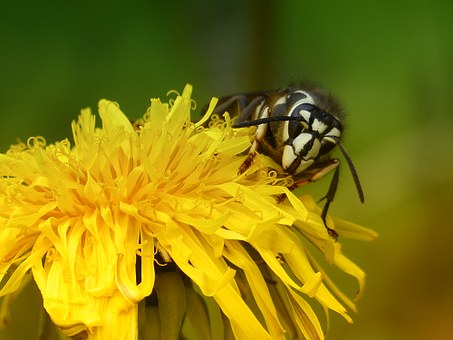
Are You Allergic?
If you are allergic to stings, I will stop right now and highly recommend that you contact a professional pest control company.
What will it cost me to hire a professional pest control company?
Most reputable companies will charge between $100 - $150 (as of 2017) with a 90 - 100 day warranty for service. If you need a ladder to access the nest, or its in a wall void, or in the ground, I'll say it again, contact a professional pest control company. The money you spend is more than worth it. Pest control technicians have the right tools, protective gear, and chemicals to do the job safely and effectively. There is nothing like being 20 feet in the air on a ladder, or crawling in an attic with mad hornets swarming around you to make you realize this is a bad idea. Trust me, I've been a licensed pest control technician for 5 years and even with the protective gear on it's still an unnerving experience.
Where do they like to Nest?
PAPER WASPS - like to build there upside down umbrella nests in protected areas, such as the underside of soffiting.
YELLOW JACKETS - like to nest in cavities, either in the ground, in gaps in soffiting, brick walls, attic vents, or any other gaps in your house.
BALD FACED HORNET - like to construct there nests in bushes and trees, incorporating live leaves and branches into their nests.
What their nests look like.
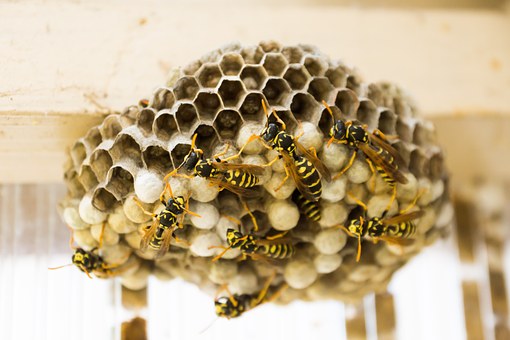
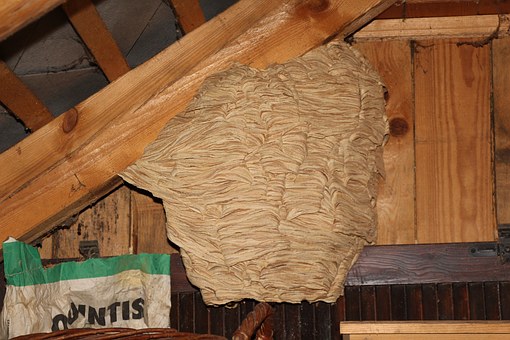
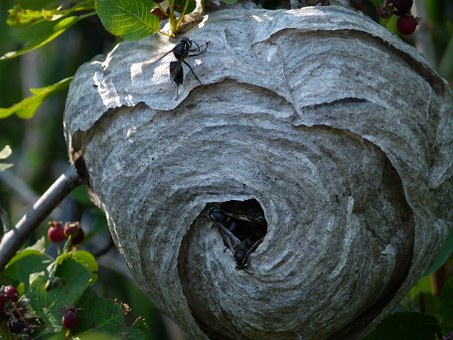
What is soffiting?
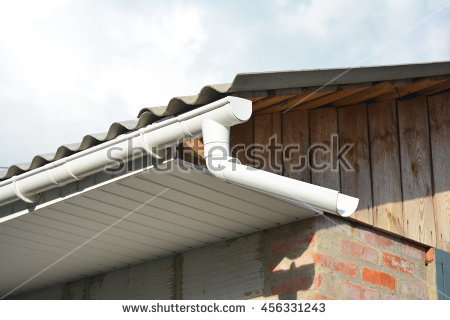
Ready to go.
If, on the other hand, the nest is easily accessible from ground level, and you're not allergic to possible stings, then by all means give it a go.
The best defense is vigilence. Do an inspection of your property in the spring and early summer and take care of the small nests before the problem grows bigger, literally. In the spring the queen wasp/hornet will emerge from hibernation and begin construction of the new nest and lay several eggs from which the next generation will hatch. Spring and early summer are when nests are the smallest and knocking the nest down will be quick and easy, either with an aerosol chemical spray or a garden hose. Summer and fall are when nests will be larger, harder, and riskier to remove.
What dosen't work.
Hanging a crumpled paper bag or store bought nest decoy is, in my experience, ineffective. The theory is that because wasps and hornets are territorial, they will not build a nest near other nests. This is probably true because the wasps in the established nest will come out and kill the intruders. However, I have seen, and treated, nests built beside old inactive nests. If there is no real threat coming from the dead nest/decoy it's just a grey brown lump in their world to be ignored. Wasps are not intelligent and have no reasoning abilites. As in real estate its all about location, location, location. If the area was good enough to build a nest in one year it'll be a good spot to build another a nest this year. Wasps/hornet nests die off and are rebuilt each year by the surviving queen.
Also don't bother knocking a mature nest down with the water hose. The surviving members of the nest will just begin reconstructing a new nest.
Same goes for wasp traps. These will help redirect and capture forager wasps from areas you don't want them. Use a sweet sugary liquid as bait and place the traps around the perimeter of your property but not near the area you are protecting, as this will draw wasps/hornets to where you don't want them rather than away. You can make your own or buy them at a store. They are very effective but won't destroy a nest on their own.
Bee's good, Wasp and Hornets....not so much.
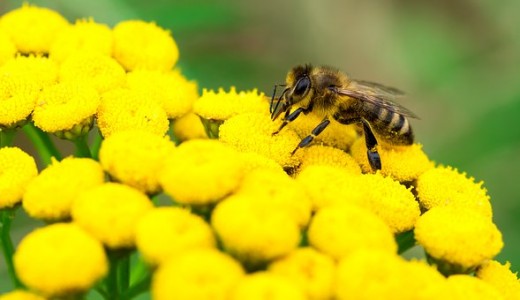
Unlike bees and bumble bees which are pollinators, wasps are scavengers and insect eaters.
Bees flit from flower to flower helping produce the food we eat, and are one of the few animals that can actually produce food; honey. Bees tend not to be aggressive unless you disturb their nests directly.
If you are certain you have bees in your yard, call a local bee keeper for help, most will be glad to add to their stock, and you will have helped protect an animal that is under pressure from colony collapse.
Wasps and hornets flit from garbage can to garbage can, try to steal your food, and then sting you when you won't share. Yes, they serve a purpose as decomposers and insect eaters out in nature, BUT, in your yard, they will attack if the vibrations from your lawn mower disturbs their nests or if you walk too close to where they're nesting. They are overly agressive POS's and should be shown no mercy if they choose your yard for their nests.
THE LABEL IS THE LAW!
Read the product label fully. The label is a legal document and must be read and understood in order to use the product safely and effectively.
Misusing a product not labeled for your target pest, or not intended for pest control at all, may be harmful to you, the environment and in some cases can make the pest problem worse.
What to do, and when to do it.
Ok, you say, I know where their nest is, it's exposed, easy to reach, and I'm not allergic.
Great, its time to destroy them.
First, go and purchase an aerosol can of spray labeled for wasp/hornet control. Get an aerosol that will shoot out a stream for several feet, you don't want to get too close and personal.
Read the label on the product fully. THE LABEL IS THE LAW! It is a legal document and must be read and understood to use the product safely and effectively.
NEVER treat during daylight hours, the nest is most active then and they will protect it fiercely when you commence your assault. Leave this time to the professionals with the safety gear.
The evening or early morning are the best times for you to treat the nest. All foragers will be inside/around the nest and mostly dormant.
Now is the time to strike.
Wait until the air is still.If there is wind it can cause pesticide drift, not a good thing if you want to remain on speaking terms with your neighbours.
Wear rubber gloves, long sleeve shirt and pants for protection. Cover your flashlight with a red filtre, stand off to one side, not directly beneath the nest. Sprayed wasps falling from the nest are still capable of stinging and to avoid chemical that may drip from the treated nest. Hold the can at arms length, aim for the nest opening first, then treat the entire nest surface. Any returning wasps/hornets will come into contact with the treated nest and die.
Leave the nest attached and observe for activity the next day. If activity is still noticed, retreat that evening and re-observe. When there is no longer activity, go ahead and knock the nest down into a plactic bag and dispose of it in the garbage.
Yes, it can be that simple.
© 2017 Wes Clark


![CRC 14010 Wasp and Hornet Killer Plus, 20 Ft Spray, Instant Knockdown, 14oz, [1 Pack], clear](https://m.media-amazon.com/images/I/41N0AfErabL._SL160_.jpg)
